Stuff you can use…
Our business is built around helping people implement good ideas, not licencing them.
Here are some tools & checklists that you are welcome to use.
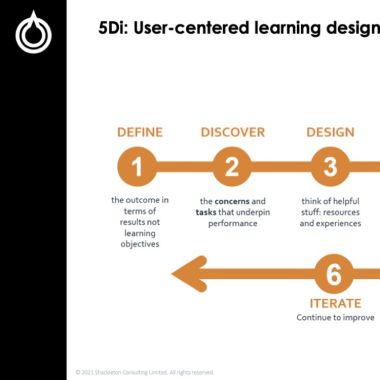
The 5Di user-centered design model:
User-centered design is the only way you will be able to shift from educational rituals to learning design, and make a difference to the experience and performance of your people.
Here’s a pdf describing the model
Here’s a video explaining it
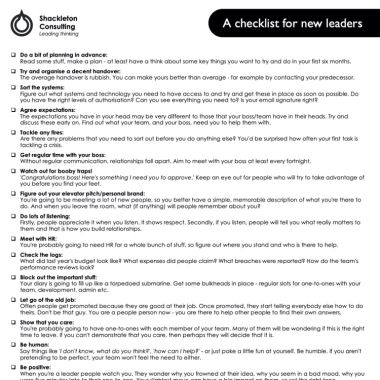
A checklist for new leaders
You would be surprised what a difference useful stuff can make. Simple resources that are cheap to produce but useful. In his book The Checklist Manifesto Atul Gawande shows that a single checklist can be more effective than two weeks’ worth of training.
Here’s one for new leaders.
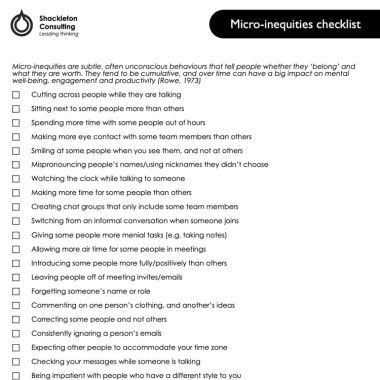
Micro-inequities
I’ve spent a lot of time working on diversity and inclusion programmes. A common problem is that concepts remain ‘high level’: people want to be more inclusive, but they struggle to know how to put that into practice, everyday.
Here’s a list of micro-inequities that might help your teams understand everyday inclusion and exclusion.
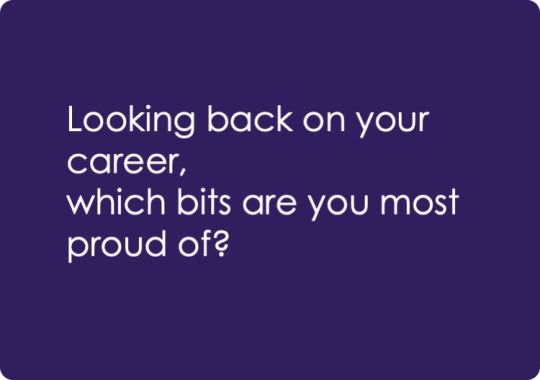
Conversation Cards
You would be surprised how often people struggle to have meaningful conversations – especially leaders.
Here is a set of cards, with prompts aimed at connecting, deepening and pushing relationships.
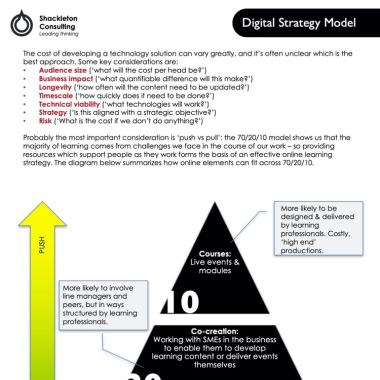
Learning technology model
Years ago I developed a simple 70/20/10 model useful for thinking about learning technology strategy. It’s been used by many large organisations, and might help you think about how you properly triage requests for digital learning.
You can find it here.
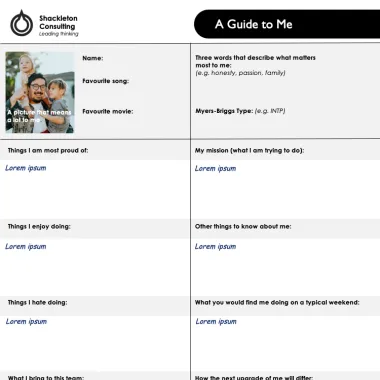
Guide to Me
A good team has diverse people with different skills and strengths. A good leader need to get to know these differences quickly – especially in hybrid teams – in order to optimise engagement and performance. This simple template helps to understand ways of working that will get results
You can find it here.
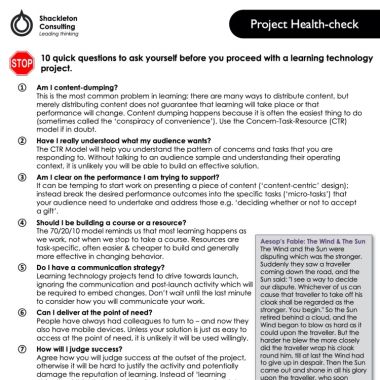
Project Health Check
Business waste of lot of money on digital learning projects that have little or no impact. Here’s a quick health-check you can run to save you some time and money.
Click here to access the health-check.
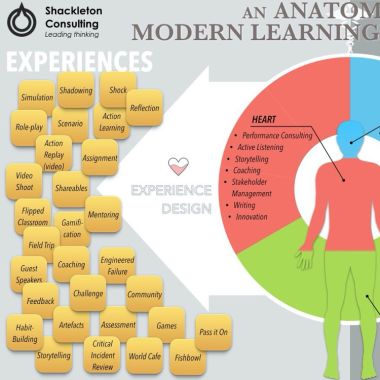
Learning Capability
The things that learning professionals need to be able to do, and the the products and services they design are changing rapidly.
Here’s a one-page visualisation of both.
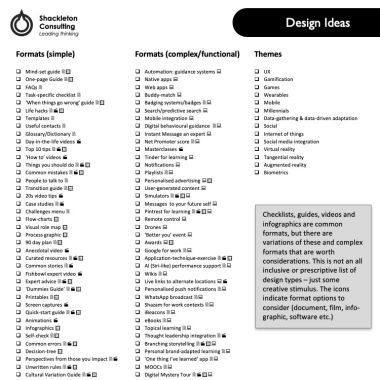
Design Ideas
Classroom training or elearning? Those aren’t the only options – many are cheaper or more effective.
Here’s a list of prompts if you’re looking for inspiration.
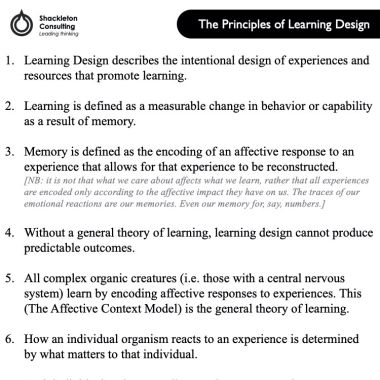
Learning Design Principles
I don’t often meet people who are interested in the principles behind what they are doing, but I have found that many of our practical problems can only be solved by understanding them.
Here are the principles of learning design as I have described them.